Foot health has become a focal point for many individuals due to modern technology. Whether from sports injuries, prolonged standing, or congenital foot shape issues, an increasing number of people are seeking orthotic solutions to improve their quality of life. In this process, 3D foot scanners have emerged as a key tool, providing scientific evidence for personalized solutions.
What is a 3D Foot Scanner?
A 3D foot scanner is a high-precision device that captures three-dimensional morphological data of the foot, including foot length, arch height, and pressure distribution. Compared to traditional measurement methods, these scanners offer high accuracy, speed, and non-invasiveness. Within seconds, they capture every detail of the foot, providing reliable reference data for orthotic design.
Key Features Include:
- Measuring foot length, width, and height
- Evaluating arch structure
- Analyzing plantar pressure distribution
- Generating complete 3D foot models
These features make 3D foot scanners indispensable in orthotic treatment and shoe design.
Impact of Foot Issues on Life Quality
Many may not realize how foot health profoundly affects overall quality of life. From common conditions like plantar fasciitis to arch collapse, foot problems can cause localized pain and lead to long-term damage in the lower back, knees, and other areas. If left untreated, these issues can significantly impact daily living.
Common foot problems include:
- Hallux valgus: Causes toe deformities and affects walking posture
- Plantar fasciitis: Leads to heel pain, especially in the morning
- Flat feet: Arch collapse increases fatigue during walking
- High arches: Uneven pressure distribution can easily cause foot pain
With a 3D foot scanner, these issues can be diagnosed early and treated with targeted orthotics.
How Does a 3D Foot Scanner Assist in Designing Orthotic Solutions?
1. Rapid Diagnosis: The data obtained via the scanner allows doctors to quickly identify problematic areas.
2. Personalized Customization: Data generated can be used to design tailor-made orthotic insoles or shoes that precisely match the individual's foot shape.
3. Correction Effect Evaluation: Monitor correction progress and assist doctors in adjusting the plan for optimal results.
4. Efficiency and Accuracy: Traditional casting takes time and offers limited precision, whereas 3D scanning is faster and provides higher accuracy, greatly enhancing orthotic effectiveness.
Common Orthotic Solutions
Based on the data from a 3D foot scanner, various orthotic solutions can be chosen:
Orthotic Insoles: Designed for arch support, suitable for flat feet or high arches, helping to evenly distribute plantar pressure.
Orthopedic Shoes: Provide comprehensive support and protection for severe foot deformities.
Physical Therapy Aids: Devices like massage pads or exercise bands can complement orthotic insoles or shoes.
Surgical Support: Preoperative assessment and postoperative recovery tracking ensure effective treatment.
Choosing the Right Orthotic Solution
Selecting the appropriate solution involves considering the type and severity of the foot problem and personal lifestyle needs. Steps include:
1. Professional Assessment: Obtain comprehensive foot data using a 3D scanner.
2. Clarify Needs: Determine if the goal is pain relief, improved athletic performance, or everyday comfort.
3. Trial and Adjustment: Custom orthotics may require several adjustments for the best fit.
Wide Applications of 3D Foot Scanners
1. Sports Medicine: Helps athletes identify potential foot issues and design better training regimens and equipment.
2. Daily Health Management: Enables individuals to understand and prevent foot health issues.
3. Shoe Design: High-end brands use 3D scanners to offer more comfortable products.
4. Medical Rehabilitation: Tracks healing progress after surgery.
Future Trends
Advancing technology will diversify 3D foot scanner functionalities. Portable devices will make it easier for more people to access foot data. AI-powered automated analysis will further enhance orthotic design assistance.

 +86-0755-86131192
+86-0755-86131192 2025-01-02
2025-01-02 Back to list
Back to list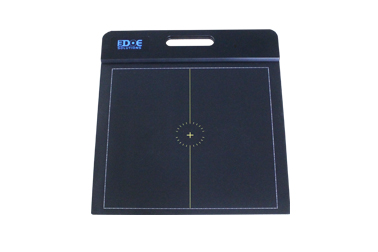
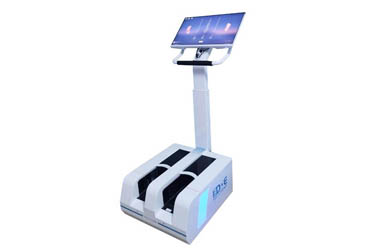
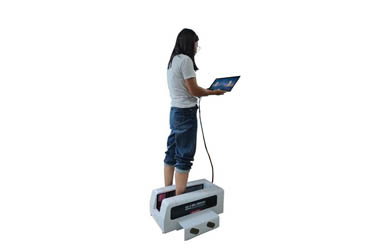
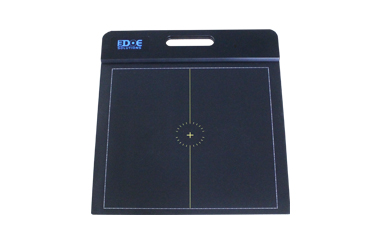

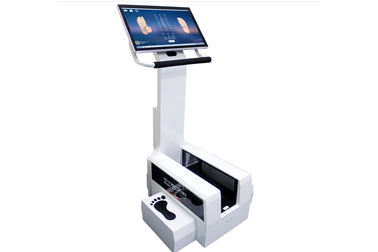



 +86-0755-86131192
+86-0755-86131192